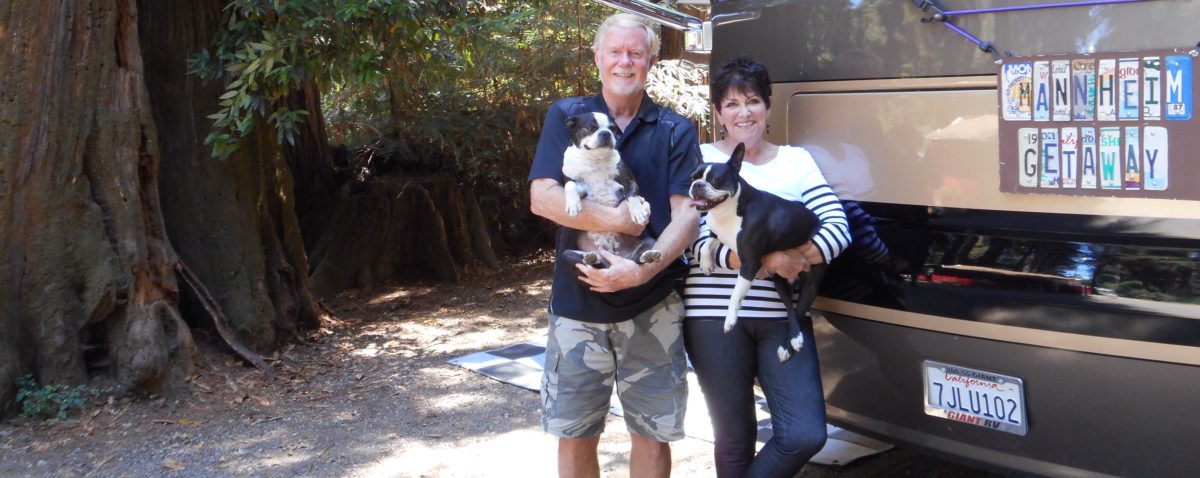Eleven climbers have died recently on their way up and down Mount Everest, the world’s highest mountain at almost 30,000 feet.

This is a view of the logjam last week near the summit of Mount Everest:

I am not a mountaineer. I do some hiking, but have never done any technical climbing, which is required to scale extreme rock faces and the highest ice-capped peaks. I have, however, had some limited experience with the effect of reduced oxygen at altitude, and so I can appreciate some of the horror stories coming out of the Himalaya Mountains this past week or so.
“Effective oxygen” is, basically, the amount of pure oxygen in atmospheric air. At sea level, at 32 degrees Fahrenheit, oxygen comprises 20.9% of the air you breathe. As you ascend away from sea level, that amount drops. At 14,500 feet (the highest that I have hiked), the effective oxygen is about 12 percent. Most people at that altitude experience light-headedness, headaches, and sometimes nausea.

Climbing at extreme altitudes, above 20,000 feet, typically involves the use of bottled oxygen, because effective oxygen at that height is less than 10 percent. Breathing normally at that altitude would be like respirating through a straw, and the effects on the body include loss of physical strength, reduced coordination, impaired judgement, etc.

That last one is critical, because these daredevils are doing something that is extremely dangerous to begin with.
Near the summit, the mountaineers are using bottled oxygen and have been doing so since they left their base camp many hours before. Most of them also use oxygen while they sleep at base camp #2, which is located at an elevation of 26,000 feet.This is because the atmospheric oxygen level at base camp is approximately 8 percent, falling to less than 7 percent at the summit itself.
Experienced Himalayan climbers call this elevation the “death zone”, meaning that they are in mortal danger every second that they linger at that altitude. The goal is to spend as little time there as possible: quickly get to the top, and then get back down the mountain as soon as possible, before bad weather sets in or, more importantly, before your bottled oxygen runs out.
Scaling Mt. Everest used to be an aspiration of only the most skilled, experienced, and physically-fit technical climbers. However, it has now become a commercial enterprise, in which outfitters and guides will take just about anyone up there who has the money. As a result, a lot of foolish people are jeopardizing their lives. It has become a Bucket List item for any testosterone-fueled guy who happens to have $100,000 available for frivolous activities.

Got money and a big ego? You can climb Everest. There’s no certification (as in scuba), no performance level achievements (as in qualifying for the Boston Marathon), and no skill licenses (demonstrating technical knowledge, as in driving a car). Nada.

This has resulted in a mob of climbers gathering in Nepal in May (the only month that is meteorologically safe to climb the mountain) and literally getting in a line to ascend the summit.

Kind of like Disneyland, but more dangerous.

The problem is that those folks in line, snaking up the mountain from base camp 2, are living on borrowed time; i.e. the amount of bottled oxygen that they can carry. When the line bogs down, in many cases because an inexperienced climber is having difficulty, everyone must wait in place while consuming bottled oxygen. Tempers fray, jostling takes place, and impatient people do stupid things.

In some cases, when they should turn back because their oxygen is running out, they persevere in getting to the top. And, die on the way back down the mountain to base camp.
Climbers in the past week have passed frozen corpses along the trail: folks who wrote a check their body couldn’t cash. Those bodies will stay there, perhaps for many years, because no one has the strength (or motivation) to bring them down the mountain, and helicopters can’t safely fly that high.

That’s a high price to pay for checking off a Bucket List item.

